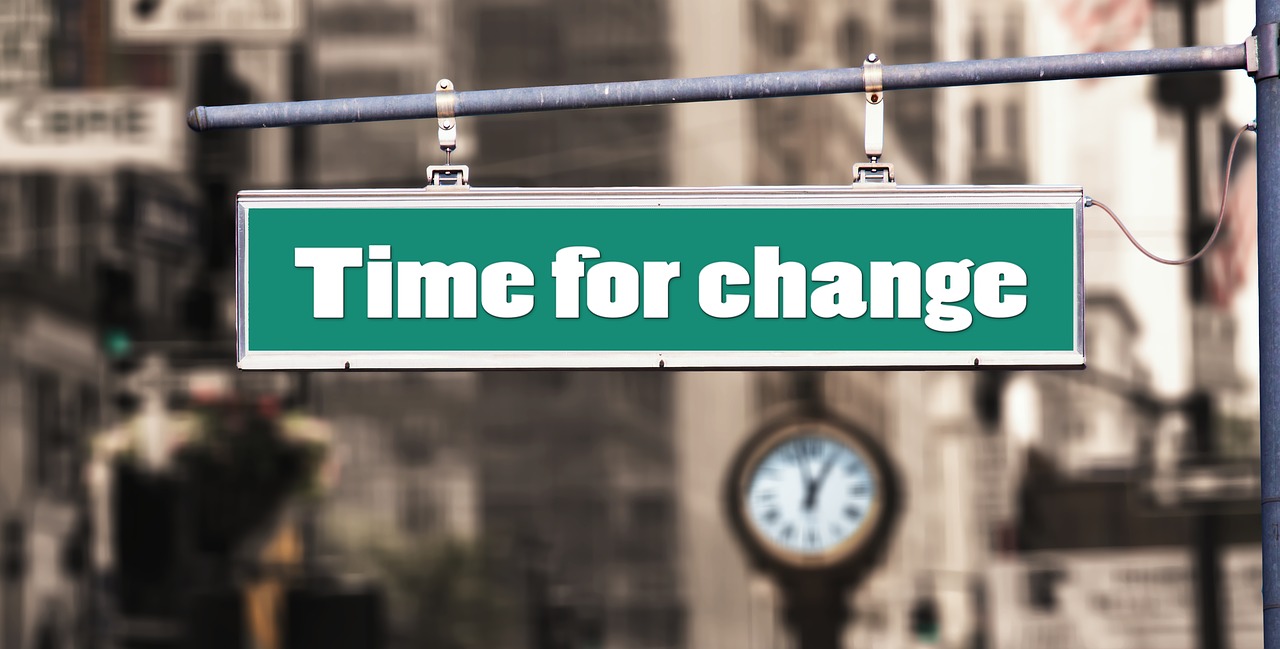Federal Changes Prove Successful for Methadone Take-Home Policy

In March of 2020, COVID-19 was spreading rapidly. A lot of the United States went on lockdown. For months, lots of stores, restaurants, and services were closed or unavailable. For a lot of people, this was inconvenient. For others, it was life-altering.
And for the more than 300,000 people receiving daily doses of methadone from substance abuse treatment facilities, the results were profound.
Methadone: From 1950 to 2020
 Since the 1950s, methadone has been used for the treatment of opioid dependence. Patients take a daily dose in pill or liquid form, and the drug reduces cravings and withdrawal. Methadone also blocks the effects of short-acting opioids, so people receiving treatment with methadone can’t experience a “high” from other opioids.
Since the 1950s, methadone has been used for the treatment of opioid dependence. Patients take a daily dose in pill or liquid form, and the drug reduces cravings and withdrawal. Methadone also blocks the effects of short-acting opioids, so people receiving treatment with methadone can’t experience a “high” from other opioids.
The methadone treatment is, ideally, given as part of a comprehensive treatment plan that also includes counseling and behavioral therapy. Methadone maintenance is typically continued for a minimum of 12 months, and some people remain on this treatment for many years.
Since its initial use, this method of treatment has remained controversial. Yet, its prevalence has continued to grow. Many clinics were established in the 1970s. For the next two decades, programs grew slowly. Then, between 2014 and 2018, 254 new clinics were opened, with some states doubling their number of clinics available and others planning continued expansions.
Today, the treatment method continues to be a controversial topic, and providers must still follow specific regulations when dispensing the drug. However, as the coronavirus invaded communities in 2020, policy makers realized they needed to address the issue of methadone availability.
Covid Drives Methadone Take-Home Policy Shift
Before the pandemic, people who were getting methadone had to follow strict guidelines. They were required to visit a federally certified clinic in person each day to receive their daily dose of the drug. After completing this supervised treatment consistently for a year, they could receive extra doses to continue their treatment at home.
These laws were put in place to prevent overdoses in less stable patients. The guidelines were also designed to prevent illegal sales of extra doses of methadone.
But with in-person services shut down during the pandemic, these laws were temporarily changed. People could no longer congregate in lines at a clinic to receive daily doses of methadone or receive methadone take-home doses.
So in order to ensure that patients continued receiving methadone on schedule, policy makers relaxed the regulations. The change made it possible for people with opioid addiction to receive take-home methadone doses while the pandemic is considered a national emergency.
Clinics could provide up to one month of methadone doses to clients who were considered “stable” and two weeks of doses for those who were “less stable.”
Are New Methadone Take-Home Rules Working?
Researchers in Spokane County, Washington set out to study the effects of this at-home shift. Did the increased availability help with treatment or increase risks?
According to their study results, the policy change seems to be a success.
Their research, published in October of 2020 in The American Journal of Drug and Alcohol Abuse, examined 183 patients at a local methadone clinic. The results show that the number of at-home methadone doses doubled once the policy changed (from 11 doses per 30-day period to 22 doses per 30 days). Yet, the number of patients who went to the ER for an overdose did not increase.
Ofer Amram, research lead and Assistant Professor in the Washington State University College, claims, “Our research highlights the need to consider permanently loosening the restrictions on methadone take-home doses, which would help many people who are struggling to access opioid treatment.”
But not everyone agrees.
Some Clinicians Don’t Embrace Relaxed Rules
 Like other opioids, methadone is addictive. Many people – even some medical practitioners – argue that methadone maintenance treatment is simply trading one addiction for another. With that said, not everyone is excited about relaxing the laws permanently to make methadone take-homes more accessible.
Like other opioids, methadone is addictive. Many people – even some medical practitioners – argue that methadone maintenance treatment is simply trading one addiction for another. With that said, not everyone is excited about relaxing the laws permanently to make methadone take-homes more accessible.
Plus studies like the one in Washington are limited. This research involved only 183 clinic patients – they were all taking methadone for nine months before the start of the pandemic and the change in the law.
Some methadone maintenance providers are leery about changing the laws. A recent survey of administrative leaders of opioid treatment programs (OTPs) revealed that many refuse to take advantage of the new relaxed regulations.
Of the 170 survey respondents, less than 50 percent said they allowed methadone clients who recently enrolled to take home the 14-day supply now allowed by the DEA. One-third reported that they don’t even allow “stable” clients to receive the full take-home allotment. They continue to require clients to show up more frequently in person for their doses.
Still, others argue that current efforts aren’t enough and more efforts should be made to make methadone more accessible. And, in fact, some policies are doing just that.
There are currently about 1,800 federally approved opioid treatment programs in the United States. But researchers like Amran say that not everyone can get to these sites, even if they live nearby. In 2019, Washington University researchers conducted another study that showed patients who live closer to the clinic are more likely to continue their treatment.
Mobile Vans Make Methadone Take-Home Doses More Accessible
More mobile methadone vans are popping up on the scene, thanks to recent policy changes. In June of 2021, the Drug Enforcement Agency (DEA) began allowing DEA-registered OTPs to “operate mobile methadone vans without obtaining a separate DEA registration for each mobile component.”
These mobile vans eliminate barriers and make offering additional mobile units much more feasible for OTPs – which should increase the accessibility of methadone treatment.
Is this really the best solution? And should laws change to make methadone take-home doses more accessible? The debate rages on as the pandemic continues.
If you or someone you love is experiencing a substance use disorder, help is available. Call 800-678-5931(Paid Advertiser) today.